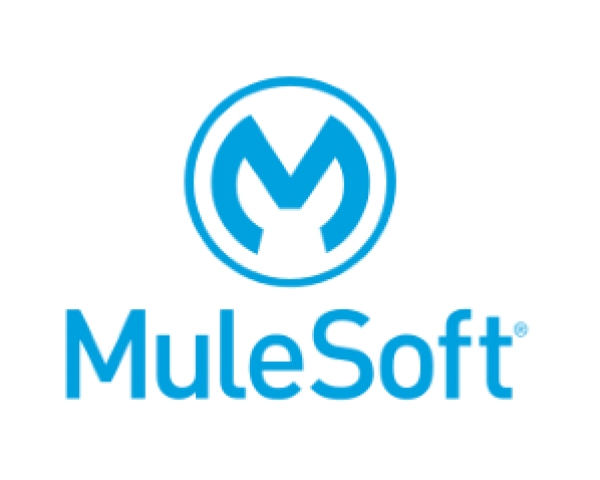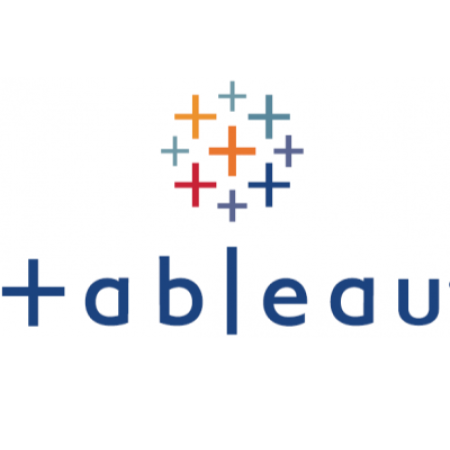1. Mule ESB Introduction
1.1 What is ESB
1.2 ESB Architecture
1.3 what is API
1.4 What is Web Service
1.5 What is Mule ESB
1.6 API Development Life Cycle
2. RAML
2.1 what is RAML
2.2 What is API Specification
2.3 Creating the API Specification
2.4 RAML Creating with getting, POST, PUT, PATCH methods
2.5 Query Parameter and URI Parameters, Headers
2.6 ResourceTypes, Traits, and Types
2.7 Security Schemes, Include RAM files
2.8 API Led Connectivity
2.9 Publishing the API Specifications
3. API Development
3.1 what is Mule Event
3.2 Mule Event Structure
3.3 What is Flow, SubFlow, Private Flow
3.4 Generating the Flows from the RAML
3.5 API KIT Router
3.6 Listener and Requester and Basic Components
3.7 Variables and Attributes
4.Message Processors && Scopes
4.1 Choice Router, Scatter Gather
4.2 Async. For Each Scope, Batch Scope, Schedular, cache Scope
4.3 Processor chain, Schema Validator
5. Data Weave Operators
5.1 Transform Message
5.2 Data weave scripting 2.0
5.3 Map, MapObject, Pluck, OrderBy, Filter, joinBy, SplitBy, Flatten
5.4 Distinctby, lookup, contact, remove, now functions
6. Endpoint Connectors
6.1 Consuming the Soap Web Services using the web Service Consumer
6.2 Database Connector
6.3 File Connecto
6.4 Salesforce Connector
6.5 SAP, FTP,SFTP Connectors
7. Property Placeholder and Security Property Placeholder
7.1 Configure the Property Placeholder
7.2 Configure the Security Property Placeholder
8. Error Handling
8.1 Error Handlers
8.2 Error Handlers Scopes
8.3 On-Error Propagate and On-Error Continue
8.4 Try Scope
8.5 Global Error -handlers
9. Deploying the API’s
9.1 Types of Deployments
9.2 How to deploy the API on CloudHub
9.3 Overview of On-Premise Deployment and Jenkins deployment
10. Auto-Discovery and Polices
10.1 What is Auto Discovery
10.2 Configure the Auto Discovery
10.3 What is the policy
10.4 Types of Polices
10.5 client Id-enforcement Policy
10.6 Oauth 2.0 Policy
11. Batch Processing
11.1 Batch Scope phases
11.2 Configure the Batch Scope
11.3 Batch Scope example
11.4 Re-processing the Failure records using the Batch scope
12. Munit
12.1 What is Munit
12.2 Advantages of Munit
12.3 Munit Examples






